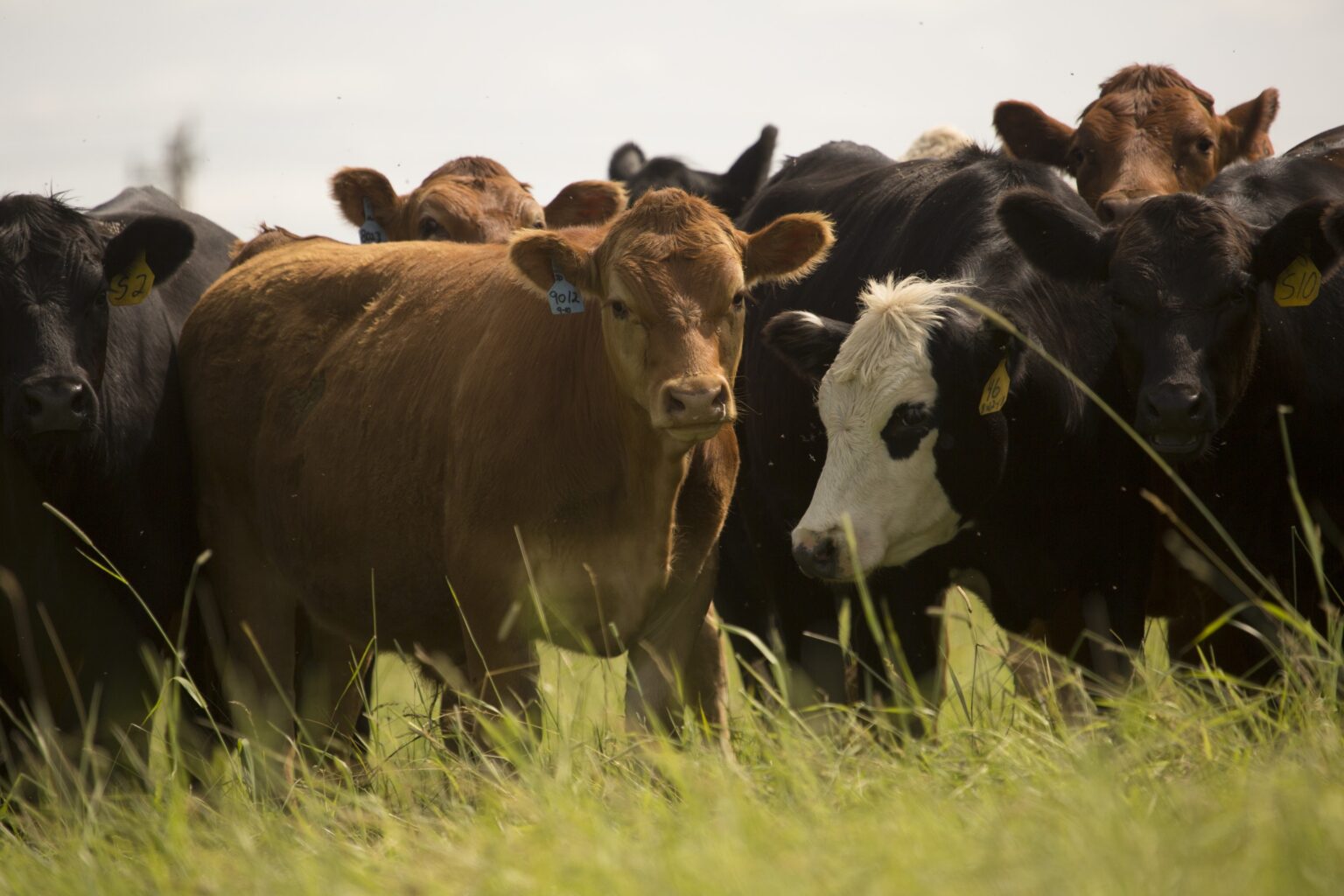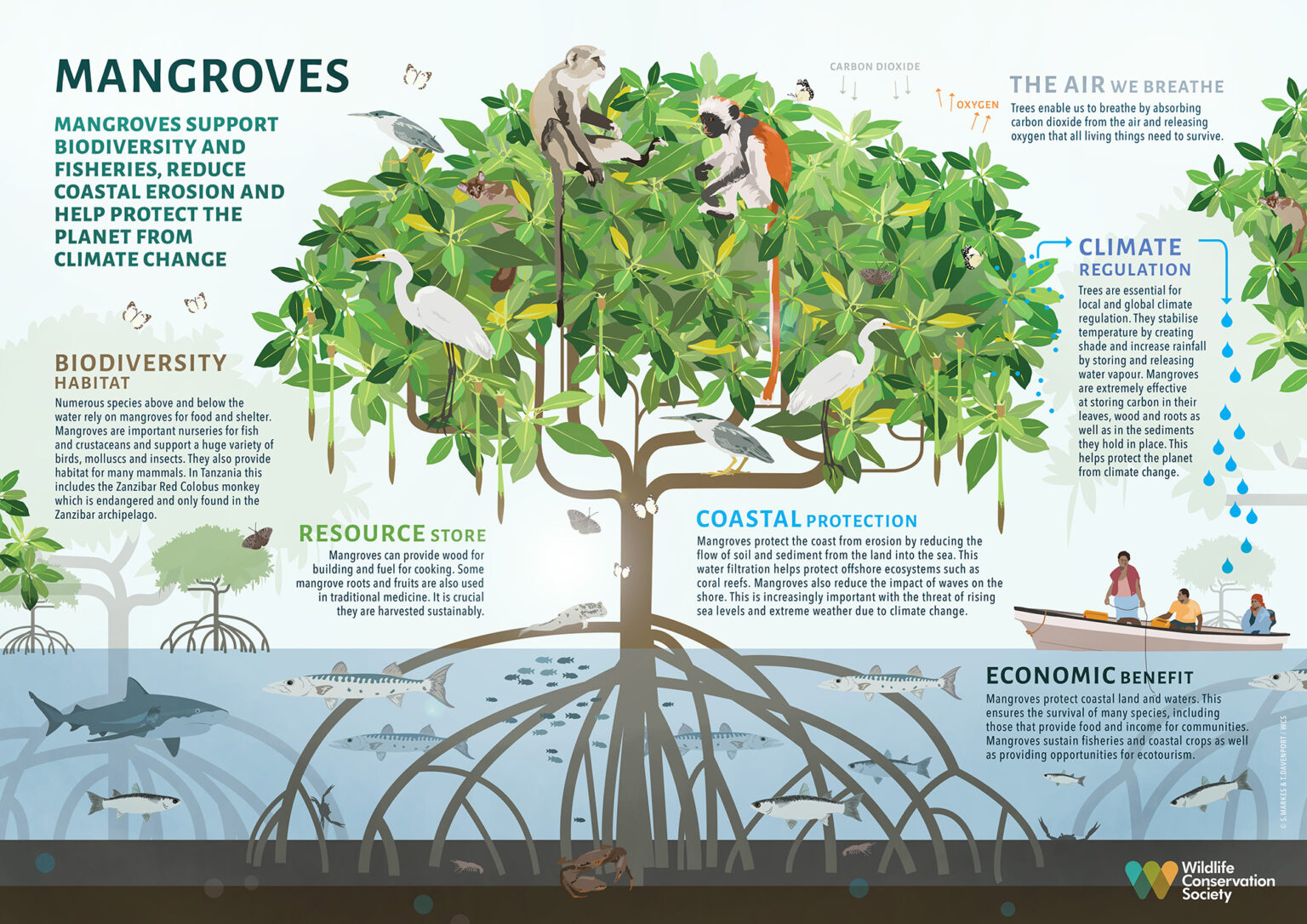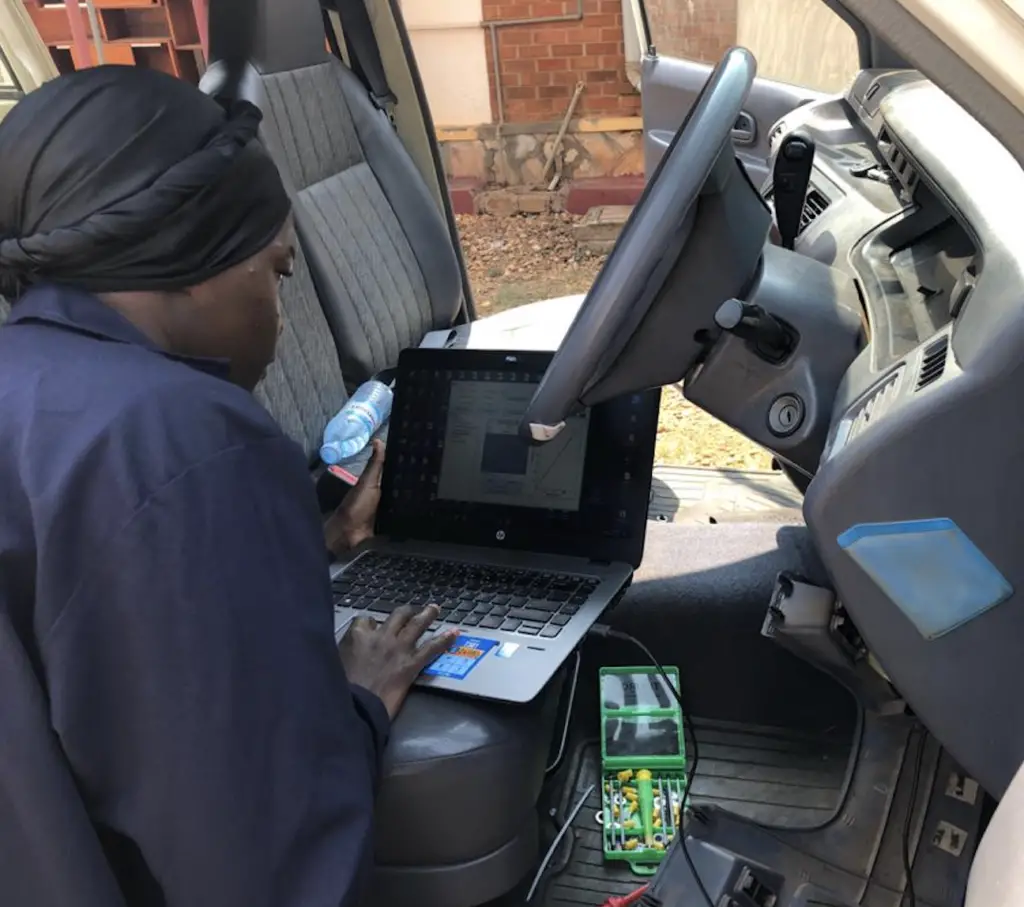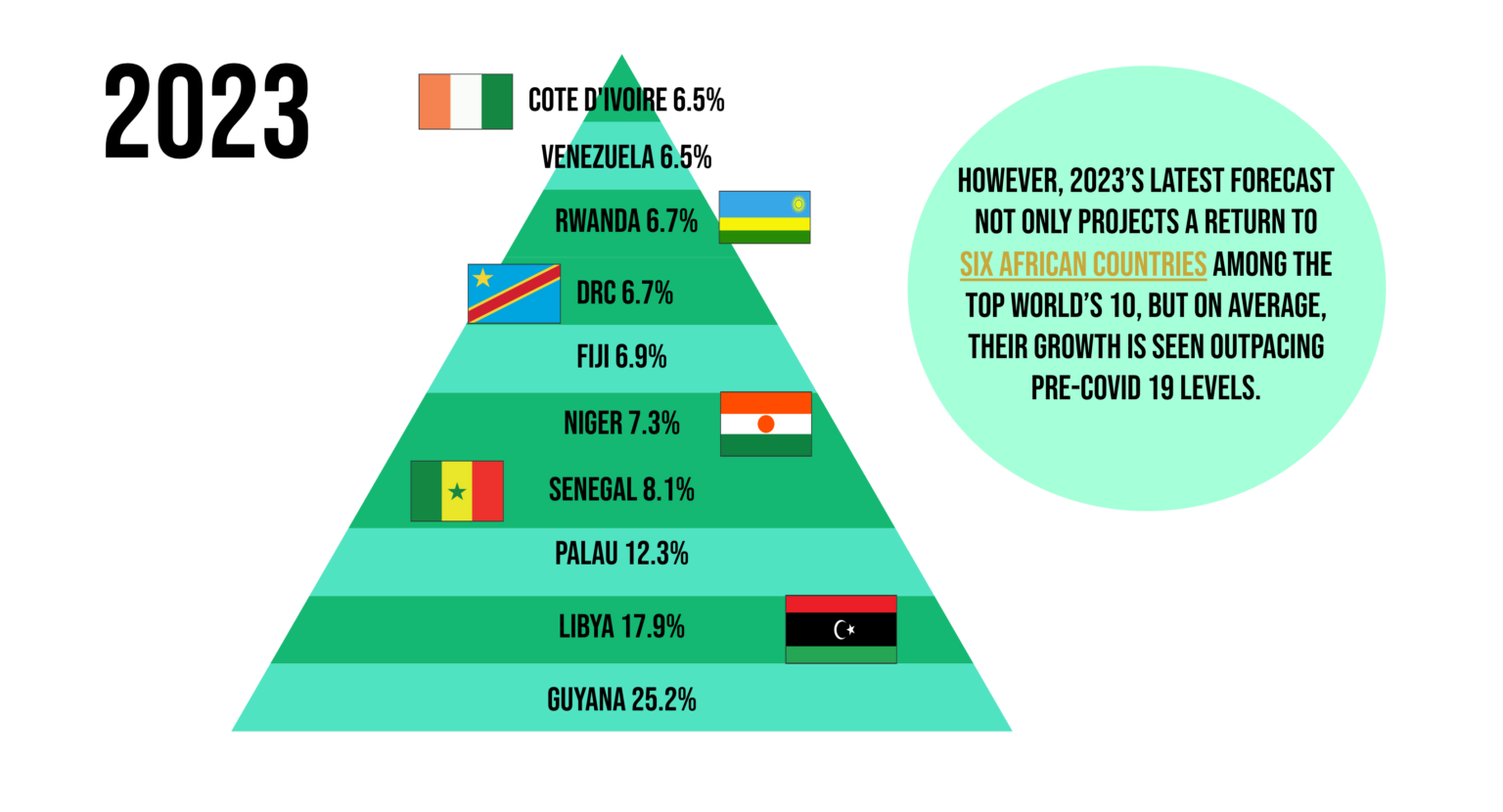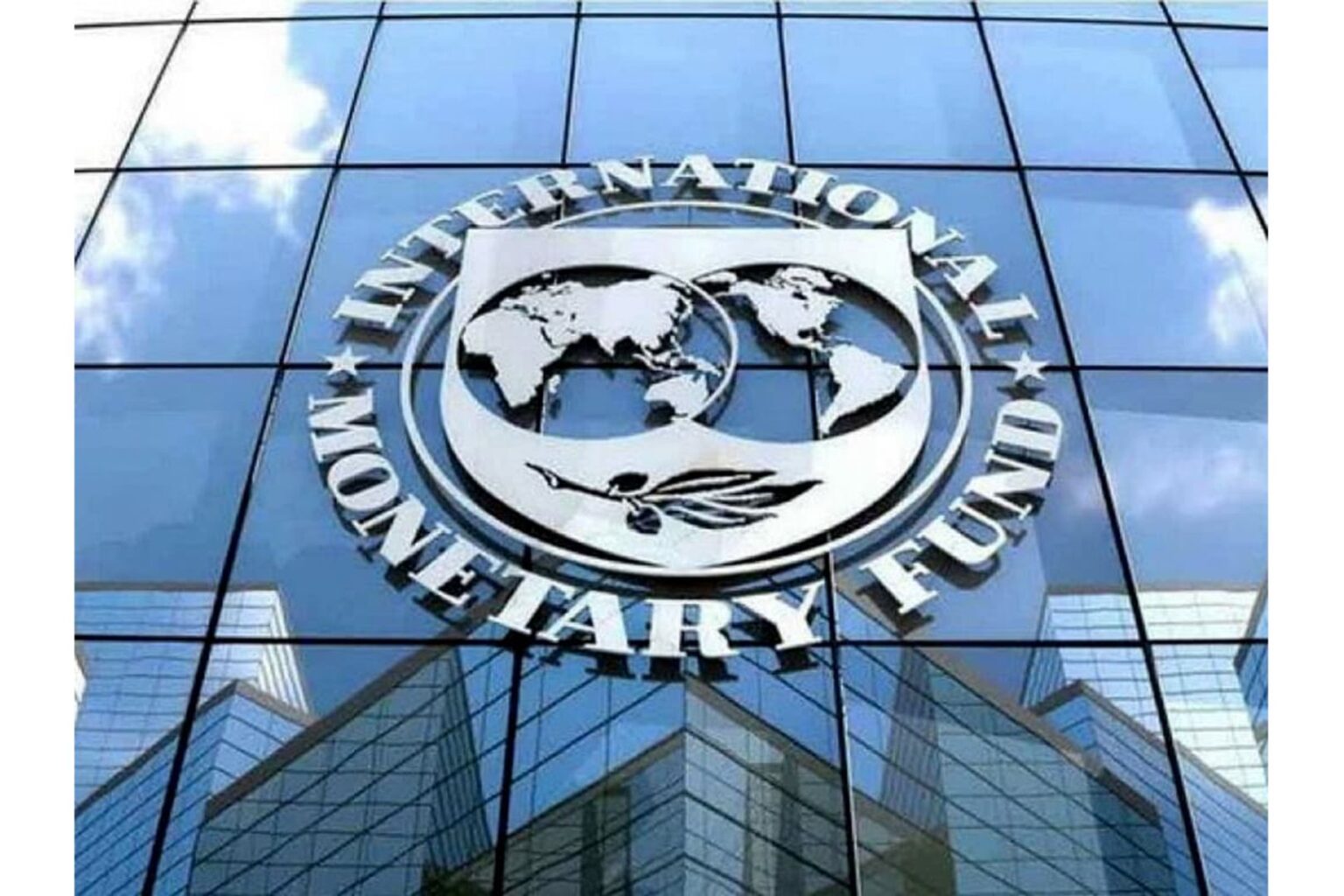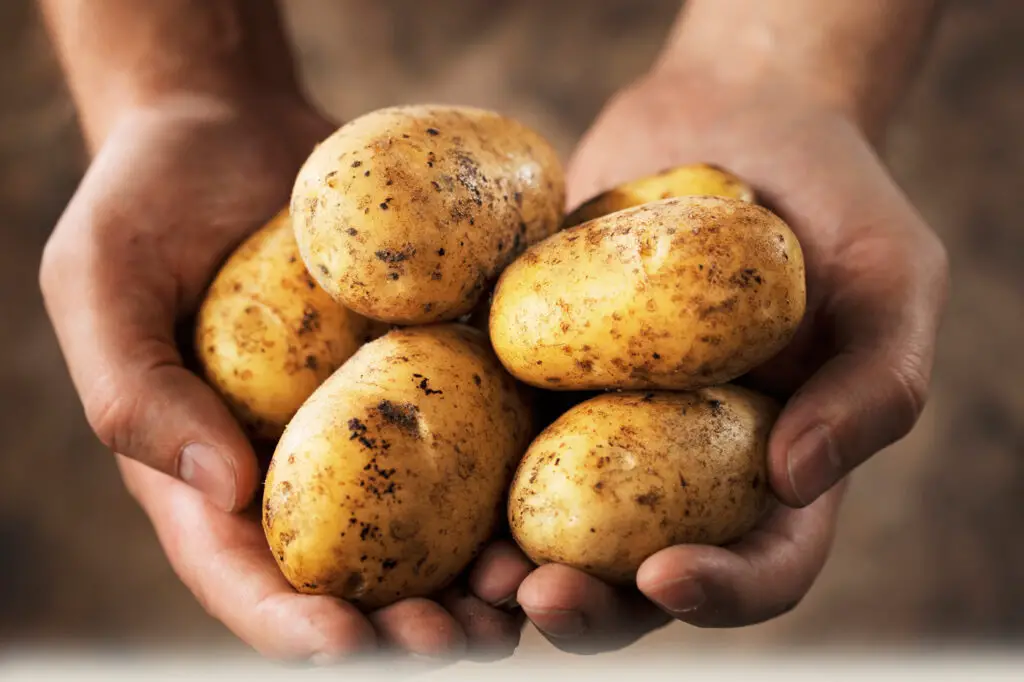- Youth Unemployment in Kenya: The Role of Vocational Training
- New $900,000 initiative aims to boost sustainable trade in Tanzania
- Organization of the Petroleum Exporting Countries’ (OPEC) pride in its African roots
- AIM Global Foundation pushes for stronger Gulf-Africa trade partnerships
- Investment opportunities in South Sudan’s emerging gold industry
- Family planning drive in Kenya gets 450,000 self-injectable contraceptive doses from UK
- AfDB commits $2 billion to revolutionise clean cooking in Africa, save forests
- The harsh realities of family laws for African women revealed
Author: Giza Mdoe
Giza Mdoe is an experienced journalist with 10 plus years. He's been a Creative Director on various brand awareness campaigns and a former Copy Editor for some of Tanzania's leading newspapers. He's a graduate with a BA in Journalism from the University of San Jose. Contact me at giza.m@mediapix.com
- In its simplest form, the trade in commodities is the modern adaptation of the barter trade system.
- Farmers in Tanzania can choose their cropping pattern based on the spot and futures prices set by the exchange.
- A total of 56,367.5MT of commodities worth $45.6 million were traded through the Tanzania Mercantile Exchange between 2019 and 2021.
We are all familiar with the Dar es Salaam Stock Exchange market, but only a few are aware of the not-so-famous Tanzania Mercantile Exchange(TMX). As the names suggest, the stock exchange involves the trading of stocks while the latter entails the trading of commodities.
In the simplest form, the trade of commodities can be described as the modern adaptation of the barter trade system. It allows for example, farmers and/or middlemen to trade their produce with other producers across the world. By so doing, farmers can exchange (sell) their produce at the highest …
- Tanzania, a country with a total area of 947,300 km², is home to Africa’s second-largest cattle herd.
- Meat exports constitute about 7.1 percent of the East African country’s GDP.
- With eyes on higher revenues, Tanzania aims to produce 10,000 tonnes of meat annually by 2025.
With a big herd and stakes high in the international food markets, Tanzania has set her eyes on ambitious plan of shipping 10,000 tonnes of meat exports annually by 2025. Whereas Tanzania is home to Africa’s second-largest cattle herd, the country has been punching below its weight.
Currently, Tanzania is not one of the top meat and milk producers in the continent. The country’s situation syncs with FAO’s observation that there is no correlation between the size of cattle herds a country owns to its beef exports.
Relation between cattle herds and meat exports
In terms of the size of livestock in Africa, the Food …
- WHO, CDC launch joint unit to improve disaster preparedness.
- JEAP has a mandate for disaster response across Africa.
- JEAP prioritises readiness, and collective efforts to fight public health emergencies.
The World Health Organization (WHO) and Africa Centres for Disease Control and Prevention (Africa CDC) have launched a partnership to tackle challenges arising from humanitarian crises associated with disasters.
Dubbed Joint Emergency Preparedness and Response Action Plan (JEAP), the unit is a five-year strategic collaboration to boost the continent’s overall emergency preparedness and response.
JEAP has the mandate to operate across Africa to ensure among other things, disease outbreaks during humanitarian crises are managed efficiently.
Power of partnerships in global health
“The JEAP underscores the shared vision of Africa’s two leading public health institutions – to strengthen the emergency preparedness and response and health systems on the continent,” reads a press communique shared at the turn of the week.
Read also:
…- The Aga Khan Foundation has launched a campaign to plant 1.5 million mangrove trees in Bagamoyo, Tanzania.
- The environment in Bagamoyo is worsening due to illegal tree harvesting that has already cleared over 5,636 hectares of mangrove forest.
- The campaign is part of the AKF’s trailblazing programmes in East Africa geared towards providing an environmentally sustainable future.
The Aga Khan Foundation (AKF) is stepping up efforts to tackle negative impacts of climate change on the environment by planting 1.5 million mangrove trees along Africa’s Indian Ocean Coast. The green initiative is part of a network of projects in the pipeline under AKF’s long-term goal of creating a sustainable future for humanity globally.
The mangrove trees initiative, which is in response to climate change, was launched this May, in Bagamoyo, Tanzania. The campaign will be undertaken in Bagamoyo mangrove forest reserve, an ecosystem that borders the Saadani National Park.
Putting at
…- An estimated 90 percent of African women do not use the internet, UNICEF reveals.
- UNICEF report says millions of girls are less prepared for the digital revolution in Africa.
- Governments in Africa urged to increase women’s safety online
While the digital revolution is believed to be reducing gender inequality globally, in Africa, the internet is largely a preserve of men. According to UNICEF, up to 90 percent of African women do not use the internet yet their male peers are twice as likely to be online.
Titled “Bridging the Digital Divide: Challenges and an Urgent Call for Action for Equitable Digital Skills Development” the survey warns that girls in Africa “are being left behind in the digital world and are the least likely to have the opportunities to develop the skills needed for 21st-century learning and employment.”
Girls less likely than boys to access internet
Released on the International Day …
- Africa’s average GDP will stabilize at around 4 percent in the course of the next two years, notes AfDB.
- The continent needs alternative sources of imports and new export markets to counter disruptions caused by the war in Ukraine.
- Economists are urging African economies to look at expediting intra-African trade to stave off global shocks.
A significant number of African nations continue to show economic resilience in the face of tougher global challenges. The latest update by the African Development Bank (AfDB) on economic review says the continent has a stable outlook in the 2023-2024 financial year.
Africa’s Macroeconomic Performance and Outlook report provides an up-to-date assessment of the continent’s macroeconomic performance and a forecast of expected performance on the backdrop of global economic challenges.
Africa average GDP to stabilise at 4 percent
The lender estimates that Africa’s average GDP will stabilise at around 4 percent in the course of …
- Bittersweet consequences. Global chocolate value chains are fueling desertification across West Africa, a new report says.
- As chocolate demand soars, Côte d’Ivoire, the world’s largest producer of cocoa beans is paying a huge price with 80 percent of its forest cover lost.
- Corruption fueling illegal logging and deforestation of rainforests for cocoa farms
The raw material needed to make chocolate is cocoa beans, but West Africa, which produces 40 percent of the world’s produce, is destroying its rainforests at an unprecedented pace to feed global demand.
Already, Côte d’Ivoire, the world’s largest producer of cocoa beans has lost 80 percent of its forest cover over in just sic decades, the Food and Agriculture Organisation (FAO) reports.
FAO’s Transparency, Traceability and Deforestation survey in the Ivorian cocoa supply belt shows that the unmonitored value chain of chocolate is leaving populations vulnerable to adverse effects of climate change.
Chocolate demand rising globally
…- Artificial Intelligence (AI) has the potential to revolutionize Africa’s climate-smart agriculture initiatives.
- Nigeria’s Data Science Centre in Lagos projects to train over one million Nigerians in data science by 2027.
- Rwanda is looking to invest $76.5 million over the next five years in setting up comprehensive AI ecosystem.
Across Africa, an increasing number of countries are embracing Artificial Intelligence (AI) investments. AI is programming that provides machines the ability to think, learn and act on their own.
In 2014, Africa Heads of State from 32 countries signed what has now become known as the Smart Africa Alliance. The deal was dedicated to identifying priorities and stimulating investment in AI-powered investments.
Through the alliance and with the backing of Facebook and Google, the African Institute of Mathematical Sciences has launched a master’s degree in AI. Since then, all around Africa, nations are embracing and investing in AI technologies.
African countries are
…- The IMF says latest tranche is meant to finance “general national development efforts.”
- When the entire Extended Credit Facility ECF is disbursed, Tanzania will be eligible to receive in excess of $304.7 million.
- Tanzania faulted for not publishing audit report of its Covid-19 pandemic-related spending.
The International Monetary Fund (IMF) has approved $153 million in credit financing for Tanzania. The loan, however, comes with a tough call for enhanced monitoring and transparency in public spending.
This financing is only the first part of the loan that was issued following the completion of the first part of the country’s Extended Credit Facility (ECF) review. When the full ECF is completed, Tanzania will be eligible to receive in excess of $304.7 million.
What is the loan for? According to the public statement released after the deal was signed earlier this month, the money is meant to finance “general national development efforts.”
“The …
- The average potato yield in Sub-Saharan Africa stands at 7.8 tonnes per hectare.
- This is too low compared with India at 23.7 metric tonnes per hectare and a global average of about 21 tonnes.
- Whereas many African countries with vast agricultural potential import the crop, Egypt is an exception.
With the exception of Egypt and South Africa, the continent is a net importer of common food crops including potatoes despite the huge potential of many countries to grow the tuber that can tackle Africa’s food crisis.
Grown in over 125 countries and consumed by at least a billion people every day, potatoes are arguably one of the world’s most important root crops.
According to FAO, the average potato yield in Sub-Saharan Africa stands at 7.8 tonnes per hectare. This is too low compared with India at 23.7 metric tonnes per hectare and a global average of about 21 tonnes. Data …






